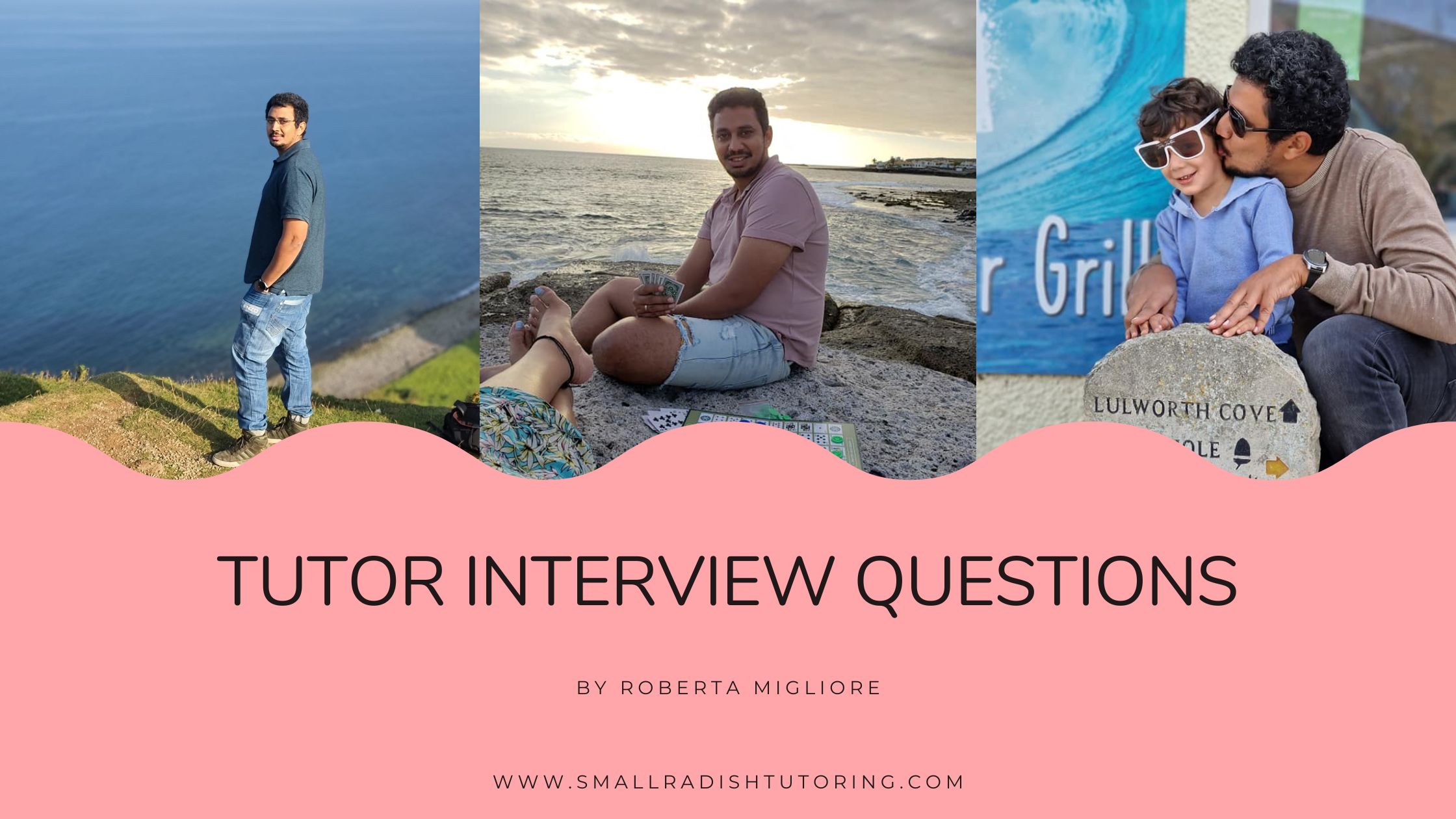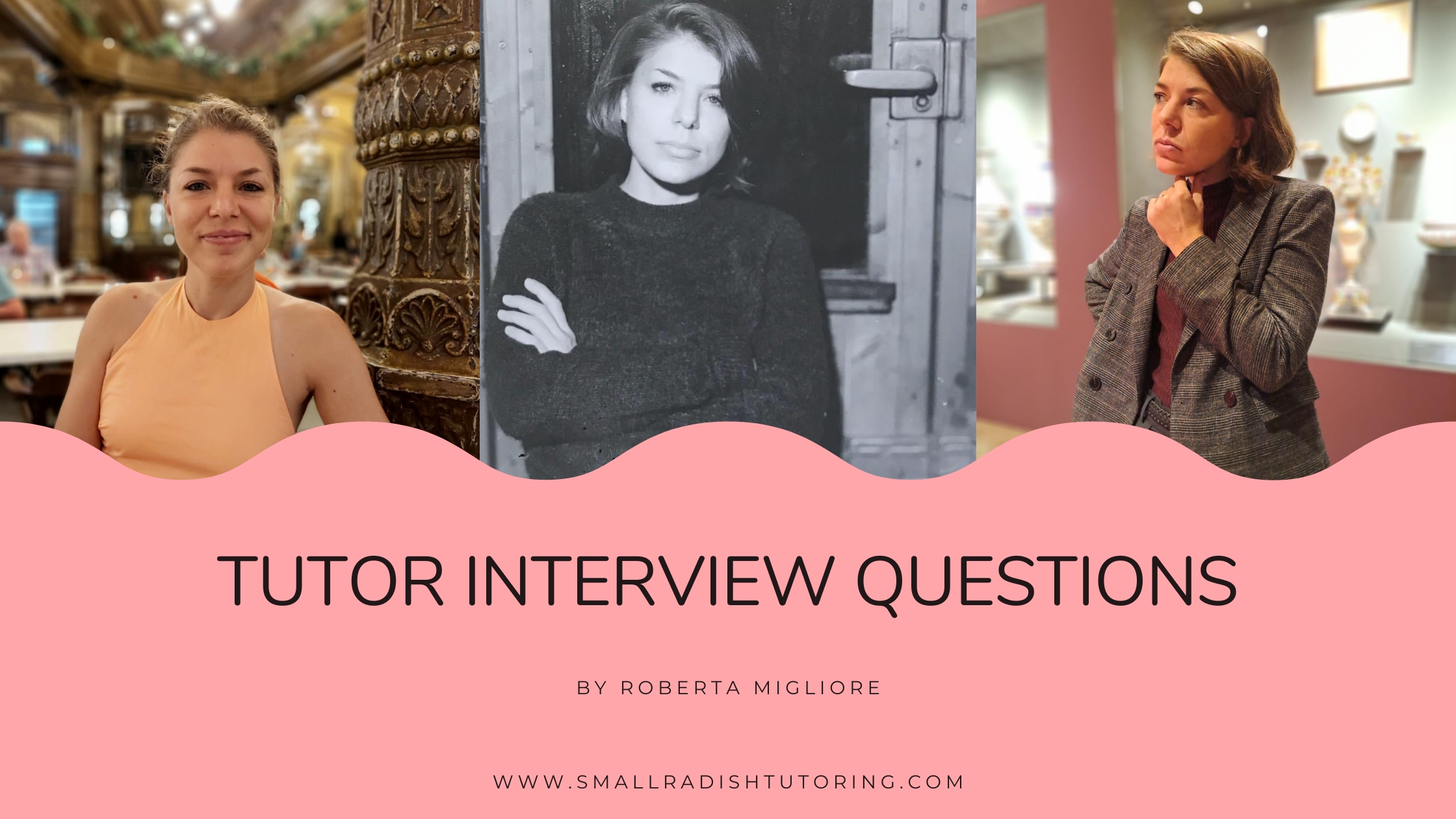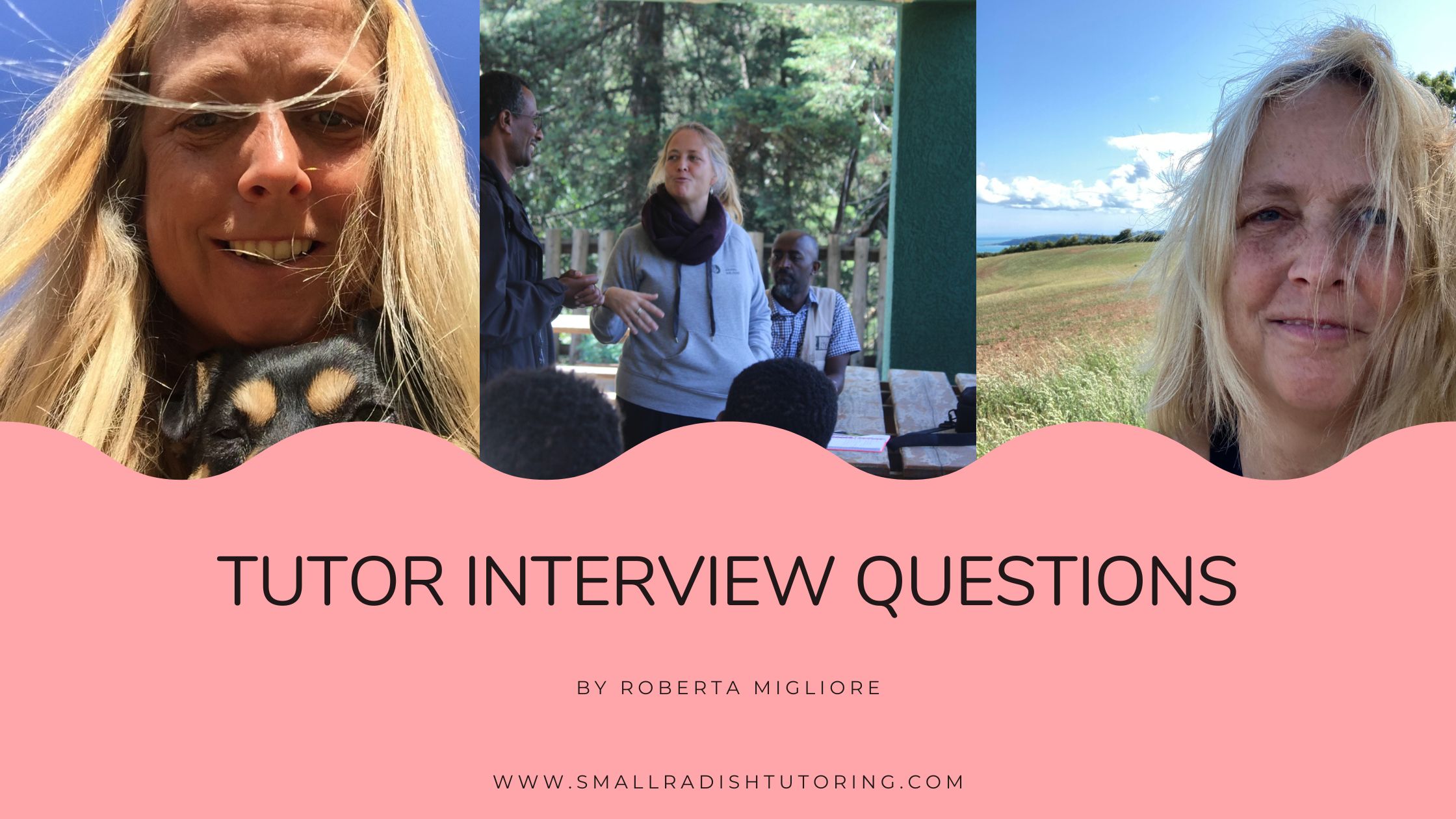1. How do you incorporate your engineering and MBA knowledge into teaching?
Incorporating engineering and MBA knowledge into teaching can provide students with a well-rounded education that not only enhances their understanding of technical concepts but also fosters critical thinking, problem-solving skills and an entrepreneurial mindset. I achieve this through the creation of complex questions, involving multiple topics, designing case studies that encourage reasoning and leadership, simulating some games/experiments and sharing examples from the real world where these concepts can be implemented.
2. What is your strategy for boosting the confidence of your students in Maths and Science?
I try to make my students feel more confident in their strengths while improving their weaknesses. I do this through:
a. positive reinforcement: Celebrating their successes, no matter how small, to boost their confidence.
b. Identify and Address Gaps: Identify areas where students are struggling or have gaps in their understanding of maths and science concepts. Provide targeted support and additional resources to help them overcome these challenges.
c. Hands-On Learning and Set Realistic Goals
d. I recognize that students have different learning styles and abilities. Provide differentiated instruction to meet the diverse needs of students, offering varied approaches to learning maths and science concepts.
e. If needed, I involve parents in the learning process by providing resources and suggestions for how they can support their child’s maths and science education at home.
3. Can you recall a breakthrough moment with a student?
One of my students had been struggling with understanding fractions. So, I took an apple and divided it into eight equal parts and then started explaining the concept. Asked her that if she needs to share it with another friend equally how many will she give? And then if another friend comes, how can they share? Will there be any leftovers? What does it mean?
We did various hands-on experiments like this where I asked her to compare fractions. She suddenly realised that fractions could be compared by looking at the size of the parts and the number of parts in each fraction. The breakthrough moment came when Emma exclaimed, “I get it now! Fractions are like pieces of a puzzle, and you have to compare them by looking at the size of the pieces and how many pieces there are!”
From that day forward, her understanding of fractions improved significantly. She became more engaged in maths classes, actively participating in discussions, completing her assignments with greater confidence, and she told me that she is even helping her classmates who were struggling with fractions.
4. How do you keep up with new teaching trends in these subjects?
I do read about any developments in curriculum and teaching methods. I visit YouTube channels for any relevant information.
5. What’s your method for making complex topics easier to remember?
I undertake various methods like Using Visual Aids, using analogies, doing hands-on activities, creating narrative and stories, and sharing examples of real-world applications which can make them more meaningful and memorable for students.



